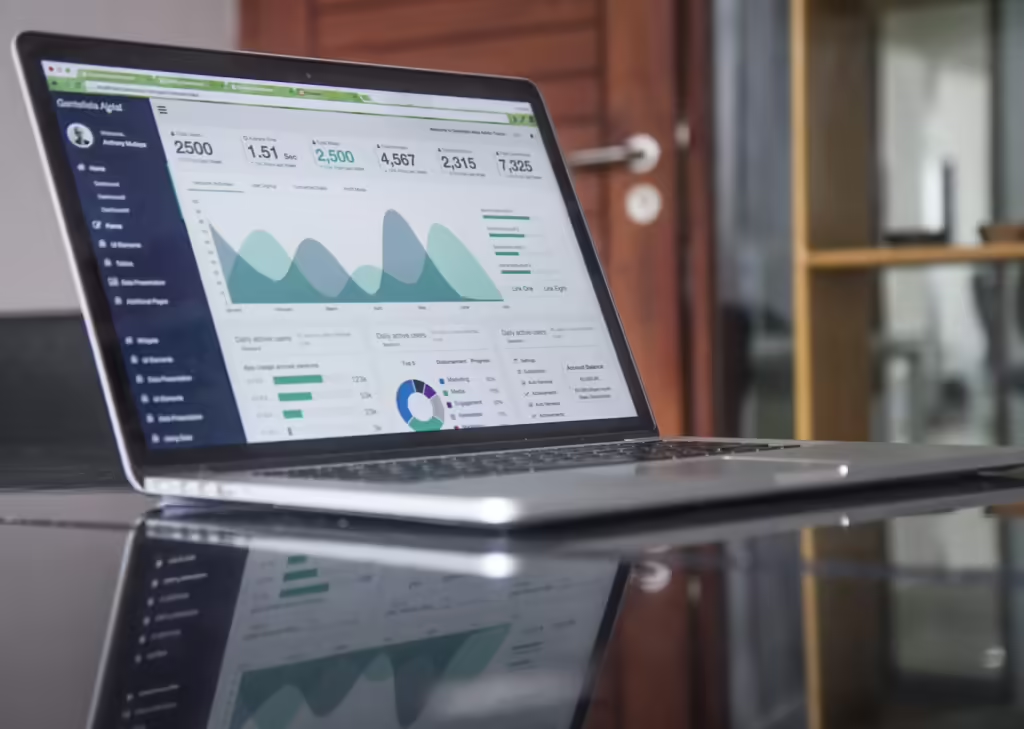 E-commerce environments may have broken geographical barriers, but they’re not exactly limitless, especially for small businesses that depend on niche markets. In particular, local businesses can easily run into a hard limit on the number of new customers they can acquire each month. In such a setting, cross-selling and upselling become keys for any online businesses aiming to maximize their revenue streams.
E-commerce environments may have broken geographical barriers, but they’re not exactly limitless, especially for small businesses that depend on niche markets. In particular, local businesses can easily run into a hard limit on the number of new customers they can acquire each month. In such a setting, cross-selling and upselling become keys for any online businesses aiming to maximize their revenue streams.





